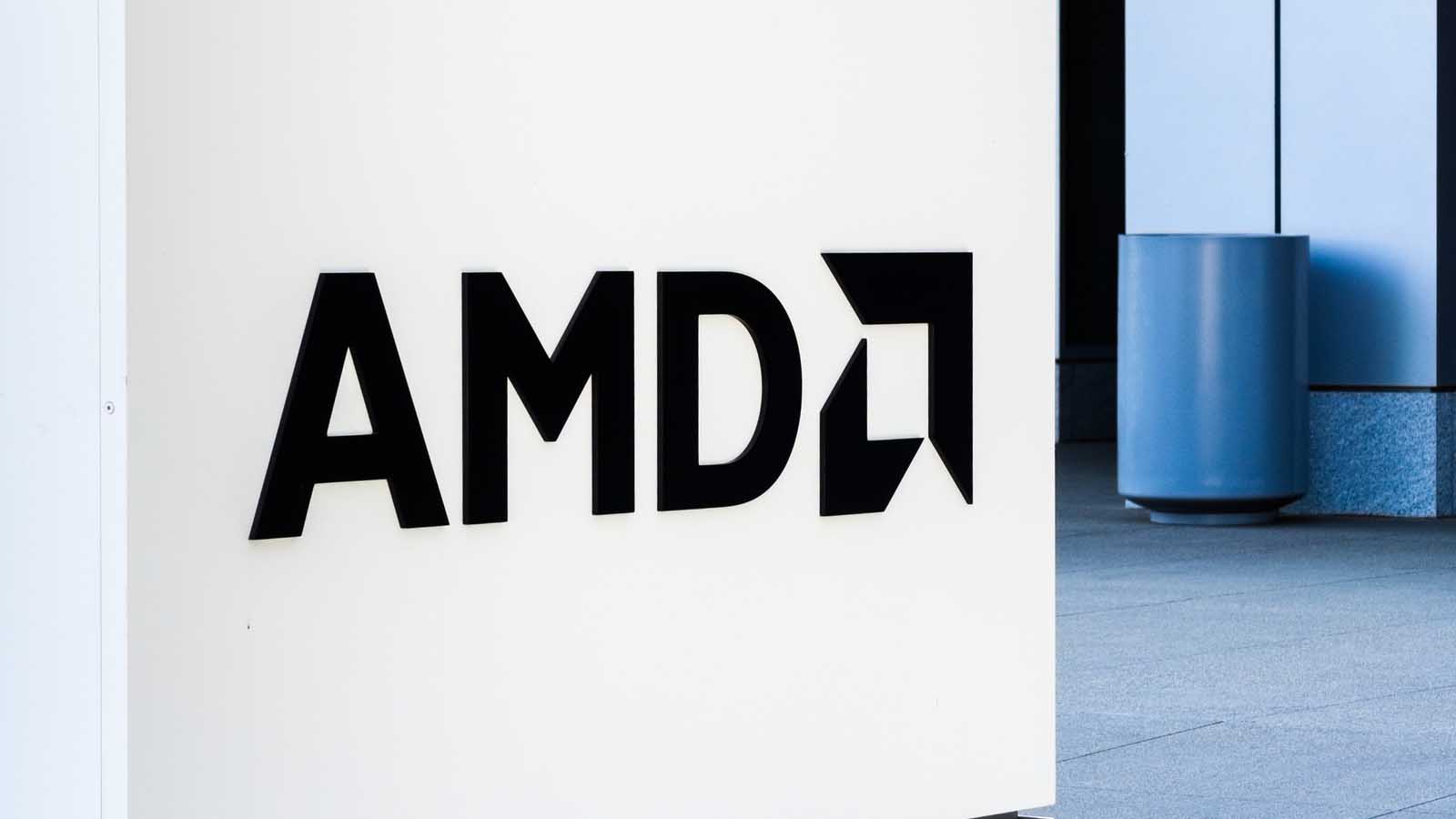The last time I wrote about Advanced Micro Devices (NASDAQ:AMD) was in mid-October. At the time, I argued that the company should use AMD stock for the entire Xilinx (NASDAQ:XLNX) acquisition, which at the time was still only a possibility, and not a sure thing.

Lo and behold, Chief Executive Officer Lisa Su announced on Oct. 27 that it would acquire Xilinx for $35 billion, with shareholders getting 1.7234 shares of AMD for every Xilinx share. Post-completion, AMD shareholders will own 74% of the combined company, while Xilinx shareholders will own the rest.
The purchase price values the combined entity at $135 billion. If it closes by the end of 2021, Lisa Su will continue as CEO of the combined company. Current CEO of Xilinx Victor Peng will become president and manage the Xilinx business along with some strategic growth initiatives.
Since the announcement, AMD stock is up 23% and is trading perilously close to $100. This is the stock’s second run at $100. Can it stick this time?
I’ll look at both sides of the argument.
AMD Stock Is Ready to Run
Forget Xilinx for a moment, and consider AMD’s business so far in fiscal 2020.
AMD reported its third-quarter results at the same time as its acquisition of Xilinx. The company’s sales grew 56% year-over-year to $2.8 billion. Sequentially, they rose by 45%. In terms of operating income, its profits grew by 141% over last year to $449 million — a 160% increase on a sequential basis.
The business is much stronger today now that it routinely generates free cash flow (FCF) each quarter. In Q3 2020, it had FCF of $265 million, up from $179 million a year ago and $152 million at the end of June’s second quarter. In the first nine months of fiscal 2020, it had FCF of $297 million, up from -$124 million a year ago.
Over the past three fiscal years, its trailing-12-month FCF has gone from -$130 million in 2018, to $280 million in 2019, to $700 million in 2020 through the first three quarters; it’s likely to go over $1 billion once the fourth-quarter results are in.
If you use enterprise values of $18.80 billion for 2018, $53.6 billion for 2019 and $115.8 billion for today, its FCF yield actually stayed around 0.6%, despite the fact its business has dramatically strengthened over the past 33 months.
To me, that suggests despite the big run, AMD stock is not overvalued relative to previous years. It might not be cheap, but based on its historical averages, I think the positives far outweigh the averages.
And that doesn’t even take into account what Xilinx could mean to its future growth.
Assuming the deal gets done in 2021, I think Xilinx investors can expect to be holding AMD shares worth more than $82.98 a share later in 2021.
It’s Ready to Take a Breather
AMD’s performance over the past five years has been so off-the-charts good — its five-year annualized total return through Dec. 15 is 110.3% — that its year-to-date total return of 111% seems almost ordinary by comparison.
Yet, as I stated in my October article, up 3,849% over the past five years, it seems logical that regression to the mean would hit AMD stock at some point. Further, like Murphy’s Law says, it will rain on AMD’s Xilinx parade at some point in 2021.
After all, the share exchange ratio pegs AMD’s share price at $82.98 a share. As I write this, Xilinx shareholders sit on 16% unrealized gains on their future AMD stock.
That’s good, no?
The problem is, if the two companies hit regulatory hiccups, and AMD’s share price retreats into the low $70 range where it traded as recently as early November, the deal isn’t looking nearly as attractive for Xilinx shareholders.
As InvestorPlace’s Dana Blankenhorn stated at the time of the announcement, the risks to both companies’ shareholders are real.
“No cash is being exchanged in the AMD-Xilinx deal. It’s all stock. For the $35 billion price to hold, AMD stock must stay strong through the end of 2021, because it will take a year to get this past American and (perhaps more important) Chinese regulators,” Dana wrote on Oct. 29.
“Meanwhile, the world will turn. Intel’s numbers were down because data centers slowed their spending. Large cloud companies increasingly dominate this market. There were 541 cloud data centers at mid-year with another 176 in the pipeline.”
Essentially, Dana argues that Intel (NASDAQ:INTC) will rebound in 2021 as investors realize that the company will bounce back from its downturn in the past year.
I find it hard to believe that AMD stock isn’t going to face some volatility in the year ahead. Trading at more than 13 times sales, about three times its average multiple over the past five years, any bad news could put $100 on ice for a significant chunk of time in 2021.
The Bottom Line
I continue to believe in Lisa Su. As long as she’s in charge, it’s an excellent long-term hold.
“As I’ve noted several times in the past couple of years, she’s one of the best CEOs in America and worth every penny of her $58.5 million in 2019 total compensation,” I wrote in October.
And the fact Su was able to use 100% stock to pay for Xilinx is another feather in her cap. Transformative in nature, shareholders will forget about the dilution five years from now.
Do I think it will stick above $100?
AMD reports its Q4 2020 results at the end of January. They’re going to be rock-solid. For this reason, I think it’s got a shot to stay in triple digits for an extended period.
That said, if you don’t own AMD stock and are interested in buying, you might wait until you can get some in the $80 range. It’s bound to have a slump at some point in the first half of 2021.
Long-term, I continue to like AMD.
On the date of publication, Will Ashworth did not have (either directly or indirectly) any positions in the securities mentioned in this article.
Will Ashworth has written about investments full-time since 2008. Publications where he’s appeared include InvestorPlace, The Motley Fool Canada, Investopedia, Kiplinger, and several others in both the U.S. and Canada. He particularly enjoys creating model portfolios that stand the test of time. He lives in Halifax, Nova Scotia.
